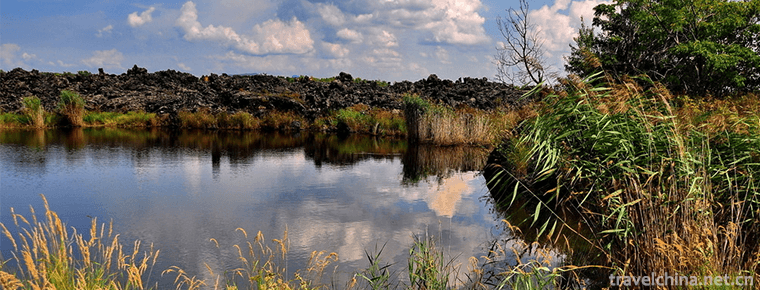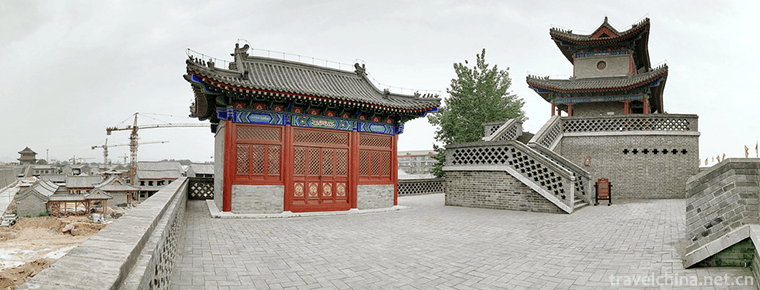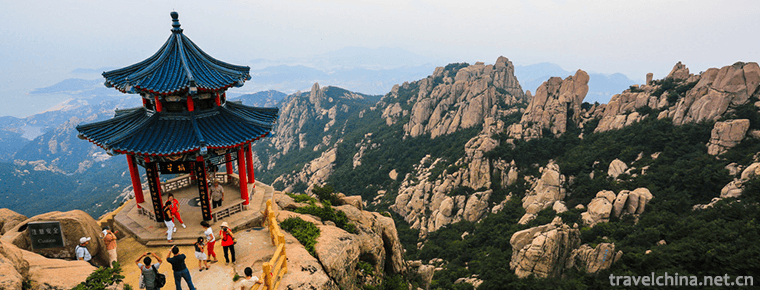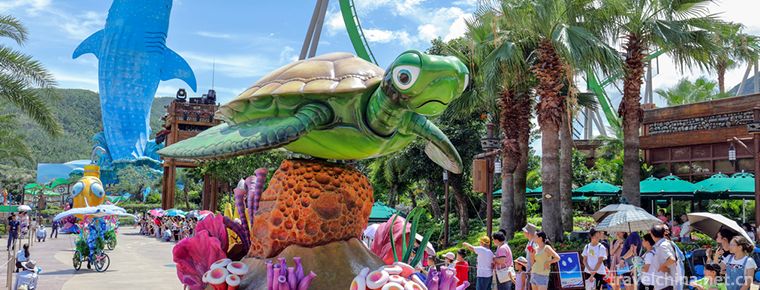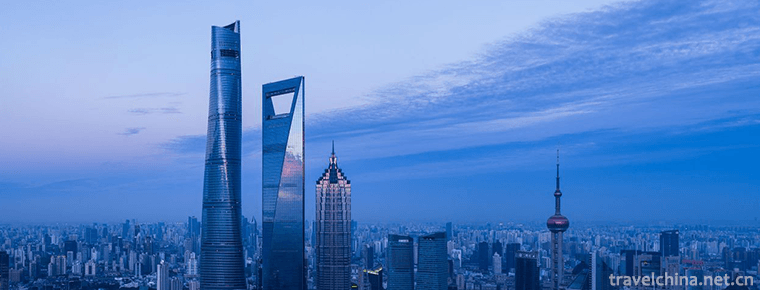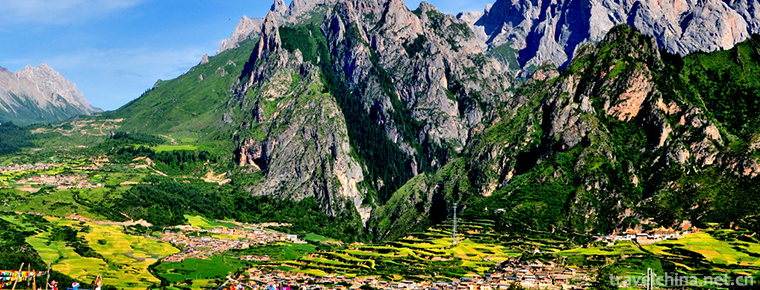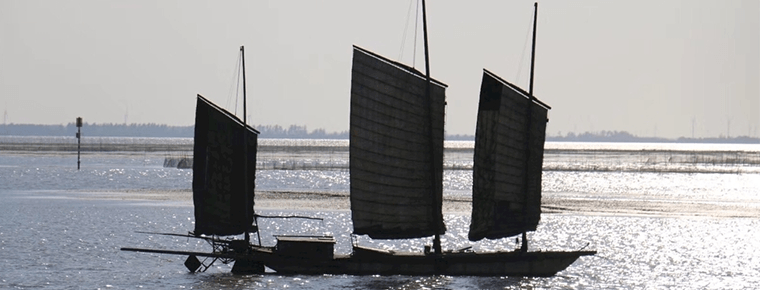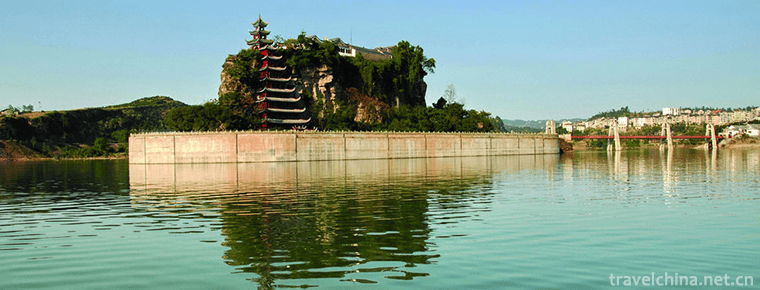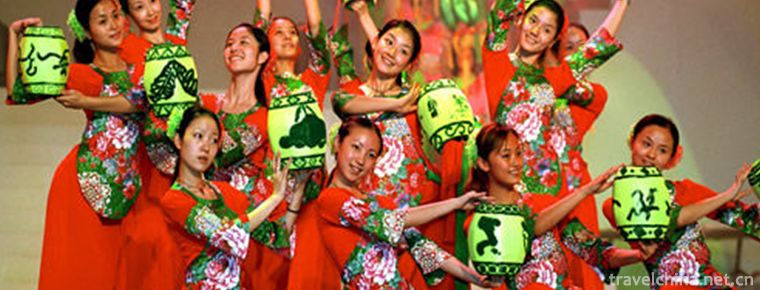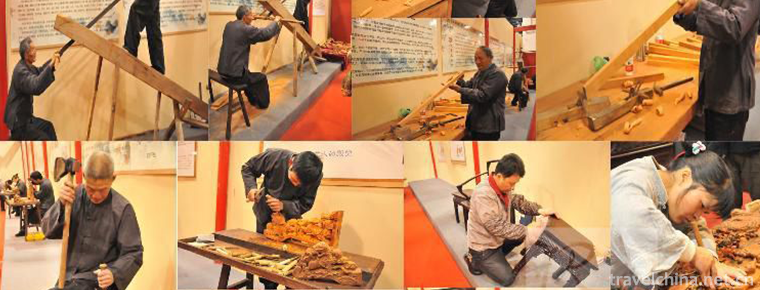Gufo weir
Gufo weir
Located in Huanglongxi section of Jinjiang River in Chengdu, Gufo weir was built in the 25th year of Qianlong reign. Zhangfengzhu, the magistrate of Pengshan County, built a weir to irrigate Huayang, Renshou and Pengshan Sanyi fields. At the head of gufoyan weir, there are 1200 meters of artificially excavated stone canals, of which 600 meters are covered to build the current Gufo cave Town neighborhood, and a 300 meter tunnel goes south around the mouth of the mountain to the estuary of Pengshan County. Up to now, it still irrigates 13115 mu of good farmland in three counties.
Historical evolution
According to the annals of Huayang County of the Republic of China, "in the 25th year of Qianlong reign, Zhang Fengzhu, the magistrate of Pengshan County, visited the ancient Buddha cave. The water potential of Jinjiang River was slightly higher, and the water diversion could be divided into Huayang, Renshou and Pengshan. Because of the detailed investigation, the construction was started in October of the 28th year, and the construction was completed in February of the following year. The ancient Buddha weir was built with bamboo cages and stones, leading the Fuhe River into the channel from the right bank, passing through luojiazhong dam for about one kilometer to the outlet of dongguapaihao ditch. It flowed southward for more than 20 meters and was covered with over 1200 meters of stone canals, of which about 600 meters were built, It is the ancient Buddha cave site; it flows hundreds of meters southward and turns westward, passing through the stone canal and a section of tunnel with a length of more than 400 meters, and then flows southward around the mouth of jijiguai mountain and reaches Huangfen mountain through the open area of jiahezhuang village; then it passes through 300 meters of tunnel and 700 meters of Shiqu (average depth of 7 meters) to reach Huanglongxi Pingba. Later, it meanders along the foot of Muma mountain to Jiangkou of Pengshan County. At first, the weir irrigated 11916 mu of farmland, including 1716 mu in Huayang County, 3700 mu in Renshou County and 6500 mu in Pengshan County. In the 28th year of the Republic of China, the irrigation area was reduced to 4186 Mu due to poor maintenance of the project, including 700 mu in Huayang County, 1596 mu in Renshou County and 1890 mu in Pengshan County. It was restored to 11972 mu in 1954 and expanded to 13115 mu in 1960.
Flood control and control
Up to now, the river bank at the outlet of Gufo weir has become a deep channel due to the scour of the torrent. The flood control situation of this reach is very serious. In order to completely renovate this section of the river bank, the County Water Affairs Bureau entrusted the engineering design and Research Institute of Sichuan University to design according to the flood control standard of 5-year return period. The flood control dike will be built from the outlet of Gufo weir, which will not touch the ancient weir, but also strengthen the dam. A permanent flood control dike of 300 meters will be built in Dongyue Village, a permanent slope protection of 300 meters will be built in Zhongba village, and the dam height along the bank will be about 6 meters, which can resist the sediment on both sides of the river in flood season.

Gufo weir
-
Jingpo Lake
Jingbo Lake: National AAAAA-level tourist attractions, World Geopark, National Key Scenic Spots, International Ecotourism Resort, National Civilized Scenic Spots Demonstration Sites
Views: 312 Time 2018-12-05 -
The ancient city of Qingzhou
Qingzhou ancient city is one of the ancient nine states. It has a history of more than 7,000 years, a history of civilization of more than 5,000 years
Views: 236 Time 2018-12-08 -
Laoshan Scenic SpotQingdao Shandong Province
Laoshan Scenic Area of Qingdao, located in Qingdao City, Shandong Province, is one of the first national key scenic spots approved and announced by the State
Views: 209 Time 2018-12-08 -
Guangzhou Changlong Tourist Resort
Views: 153 Time 2018-12-12 -
Shanghai Park Hyatt Hotel
Shanghai Park Hyatt Hotel is an exquisite modern Chinese-style residential hotel, located on the 79th to 93rd floors of Shanghai Global Financial Center, known as the Vertical Comprehensive Urban Area
Views: 214 Time 2018-12-16 -
Yellow River First Beach
Views: 185 Time 2018-12-22 -
Beijing Hangzhou Grand Canal
Beijing-Hangzhou Grand Canal is the longest and largest ancient canal in the world. It is also one of the oldest canals. It is called three great projects in ancient China together with the Great Wall
Views: 168 Time 2018-12-22 -
Shi Bao Village
Shibaozhai, a national AAAA-level tourist attraction, a national key cultural relic protection unit, is one of the 30 best new tourist landscapes in the Three Gorges of the Yangtze River,
Views: 117 Time 2019-02-08 -
Lantern Dance
Lantern dance is a Chinese folk dance with a long history. It has been performed mainly on Lantern Festival for at least 1,000 years. Lantern dance originated from Lantern Festival and its production
Views: 1591 Time 2019-04-26 -
Furniture Making Skills
Ming-style furniture making skills, local traditional handicraft in Suzhou City, Jiangsu Province, one of the national intangible cultural heritage.
Views: 205 Time 2019-05-05 -
Miao medicine
The Miao people mainly use plants as medicine to treat diseases. In the world, Miao nationality is a huge ethnic group distributed in Southeast Asia. It mainly distributes in Guizhou, Hunan and Yunnan
Views: 161 Time 2019-06-05
